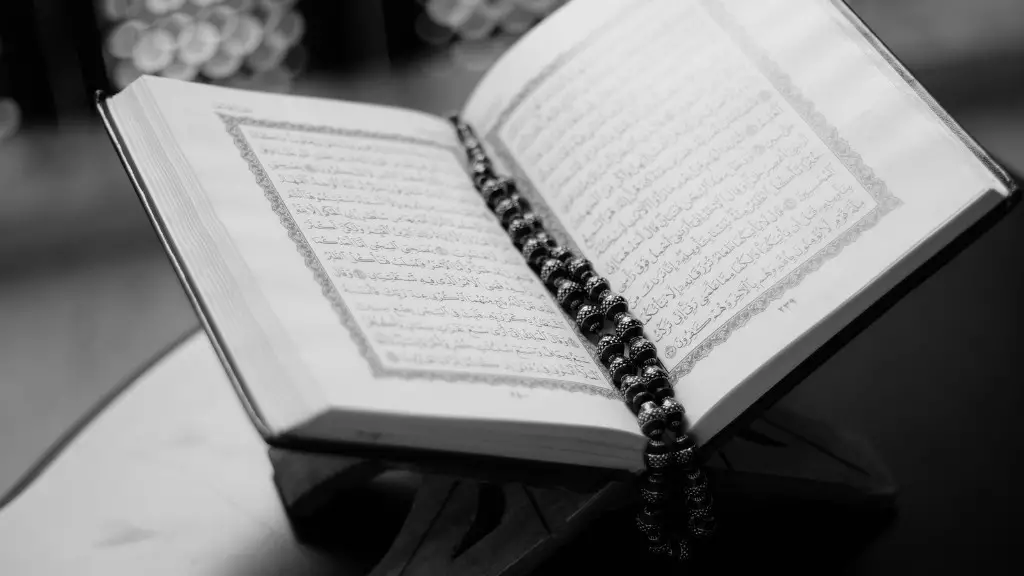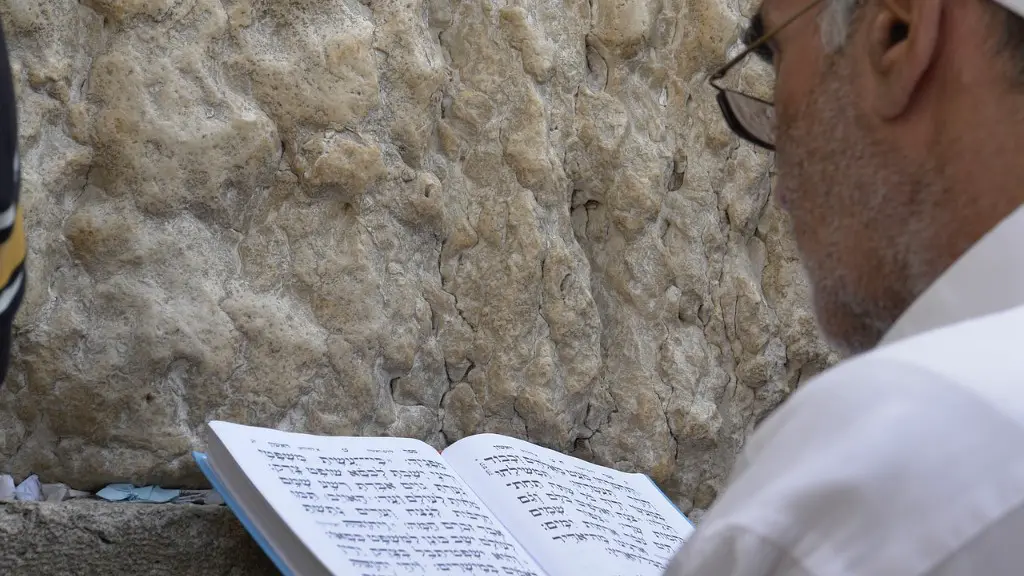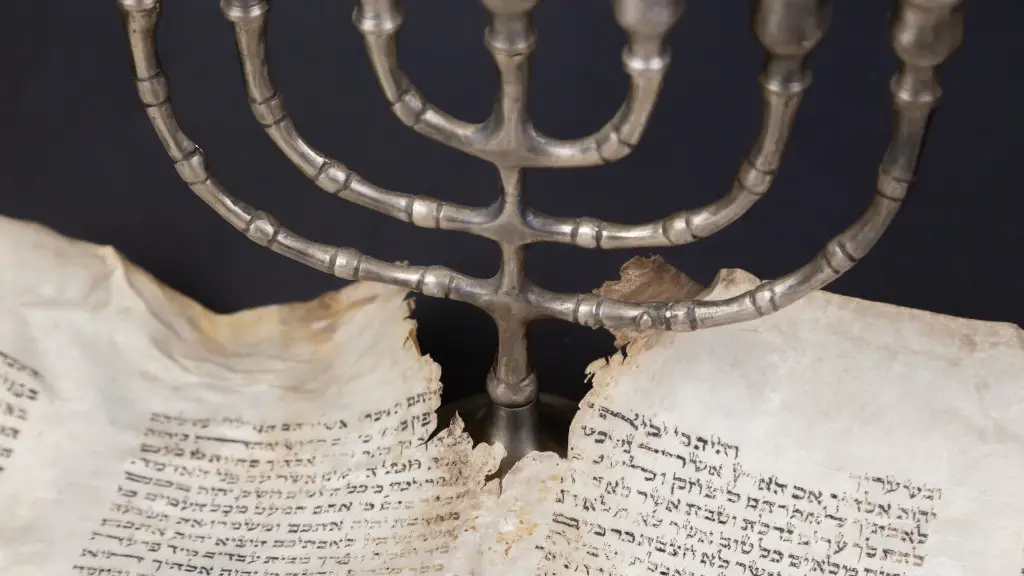How Islam was created is a question that has puzzled scholars for many years. The most popular theory is that Islam was created by Muhammad, a merchant from the city of Mecca. Muhammad was said to have had revelations from Allah that were written down in the Quran.
Islam was created when the Prophet Muhammad received the first revelation of the Quran in 610 CE.
How and why was Islam created?
Islam is a monotheistic religion that began in the 7th century in Arabia. The word Islam comes from the Arabic word meaning “submission” or “surrender.” Islam teaches that there is only one God (Allah) and that Muhammad is his messenger. Muslims believe that Muhammad received revelations from Allah that were later written down in the Quran.
Islam spread quickly throughout the Arabian Peninsula and beyond. Muslim armies conquered many lands and spread the faith even further. Today, there are over 1.6 billion Muslims in the world, making it the second largest religion after Christianity.
Islam is a religion that began in the 7th century in Mecca and Medina. It is based on the belief in the Abrahamic prophets, such as Adam, Noah, Abraham, Moses, David, Solomon, and Jesus. Muslims believe that Islam is a return to the original faith of these prophets and that submission to the will of God is required.
Who created the religion of Islam
The Prophet Muhammad was born in 570 CE in the Arabian city of Mecca. Orphaned at an early age, he was raised by his uncle, Abu Talib. As a young man, he was a successful merchant, and was known for his honesty and integrity. At the age of 40, he began to have revelations from God, which were later compiled into the Quran.
Muhammad began preaching his message of monotheism, and soon gained a following in Mecca. However, he and his followers were persecuted by the city’s polytheistic leaders. In 622, Muhammad and his followers migrated to the city of Medina, where they established the first Islamic state.
Under Muhammad’s leadership, the Islamic state expanded rapidly. Within a few years, most of the Arabian Peninsula had converted to Islam. After Muhammad’s death in 632, his successors continued to expand the Islamic empire, eventually conquering large parts of Africa, Asia, and Europe.
The Prophet Muhammad is a controversial figure, revered by Muslims as the last and greatest of the prophets, but denounced by many non-Muslims as a charlatan and a false prophet. Nonetheless, his impact on world history is undeniable, and Islam is now one of the largest religions in the
Hinduism is one of the oldest religions in the world, with a rich history and tradition. Its scriptures date back thousands of years, and it has a large following of devotees. Hinduism teaches that there is one supreme being, Brahman, and that all beings are connected to this supreme being. It also teaches that karma, or the actions and consequences of one’s actions, plays an important role in determining one’s destiny.
What is world’s oldest religion?
The word “Hindu” is an exonym, and while Hinduism has been called the oldest religion in the world, many practitioners refer to their religion as Sanātana Dharma (Sanskrit: सनातन धर्म, lit. “the Eternal Way”) and Vaidika Dharma (Sanskrit: वैदिक धर्म, lit. “the Way of the Vedas”).
Islam is a religion that was founded in the 7th century by the Prophet Muhammad. It is the second-largest religion in the world with over 1.6 billion followers. Islam spread through military conquest, trade, pilgrimage, and missionaries. Arab Muslim forces conquered vast territories and built imperial structures over time. However, the majority of Muslims today are not of Arab descent. Islam has been embraced by people of all races and ethnicities.
Who was the first person to accept Islam?
The first people to convert to Islam were the closest to the Prophet Muhammad – his wife, Khadija, and his cousin, Ali. Zayd ibn Harithah, a freed slave, was also among the first to accept Islam. These early converts set the example for others to follow and their stories continue to inspire Muslims today.
The Islamic faith spread quickly throughout the Arabian Peninsula and beyond in the 7th and 8th centuries AD. There are several reasons cited for why this occurred. One reason was that Mecca, the birthplace of Islam, was located on major trade routes. This resulted in increased contact with other peoples and cultures, which helped to spread the new religion. Additionally, Muslim armies conquered substantial territory during this period, which also helped to spread Islam to new areas. Lastly, Muslims were generally tolerant of conquered peoples and allowed them to maintain their own cultures and customs, which made conversion to Islam more attractive.
What is the true origin of Islam
Islam is one of the youngest of the major world religions, typically dated back to the 7th century. It started in Mecca, in modern-day Saudi Arabia, during the time of the prophet Muhammad’s life. Today, the faith is spreading rapidly throughout the world. Islam has a wide range of beliefs and practices, with a rich history and culture. It is a complex and diverse religion, with a variety of interpretations and schools of thought.
The Five Pillars of Islam are the core beliefs and practices of the Islamic faith. The pillars are the Profession of Faith, Prayer, Almsgiving, Fasting, and Pilgrimage. These pillars are essential to the Islamic faith and are a means of strengthening the Muslim community.
Who started Christianity?
Christianity is one of the largest religions in the world, with over 1.2 billion followers worldwide. It is based on the life and teachings of Jesus Christ, who is believed to be the Son of God. Christianity originated in the Middle East, and its followers spread throughout the world.
Inanna is one of the oldest known deities whose name is recorded in ancient Sumer. She is listed among the earliest seven divine powers: Anu, Enlil, Enki, Ninhursag, Nanna, Utu, and Inanna. Inanna is associated with the planet Venus and her symbol is the eight-pointed star. She is also known as the Queen of Heaven and the Lady of the Mountains. Inanna was believed to be the goddess of love, beauty, war, and fertility.
Which is older Christianity or Islam
Christianity developed out of Judaism in the 1st century CE. It is based on the life and teachings of Jesus Christ. Christians believe in the resurrection of Christ and follow his teachings. Islam developed in the 7th century CE. It is based on the teachings of the Quran and the Prophet Muhammad. Muslims believe in the One God and follow the Five Pillars of Islam.
Christians believe that the Quran is derived from earlier sources, such as the Hebrew Bible and the Christian New Testament. Muslims, on the other hand, believe that the Quran is direct knowledge from an omnipotent God.
Who is the world first man?
There are two stories of Adam’s creation. The first tells that God created man in his image, male and female together (Genesis 1: 27), and Adam is not named in this version. The second story, which occurs in Genesis 2: 7, tells that God formed man from the dust of the earth and breathed into his nostrils the breath of life, and that man became a living being. In this version, man is created before woman, and Adam is the man’s name.
God is the father of humanity and the father of each religion. He is the creator of the universe and the one who gives life to all. He is the one who governs all and is the source of all good. He is the one who is to be worshipped and loved.
Conclusion
Islam was created by the prophet Muhammad.
There are many different stories about how Islam was created, but the most popular one is that it was founded by the Prophet Muhammad in the 7th century. Islam is based on the belief in one God and the five pillars of faith, which are the basic beliefs and practices that Muslims follow.



